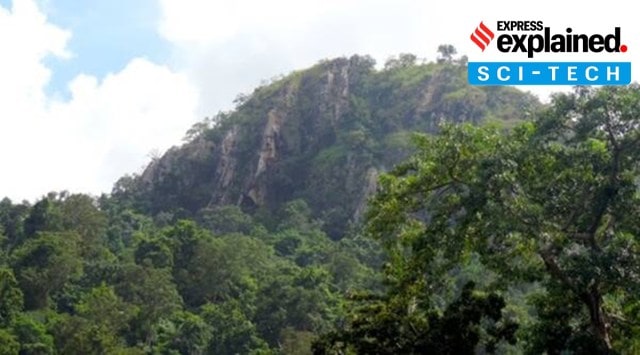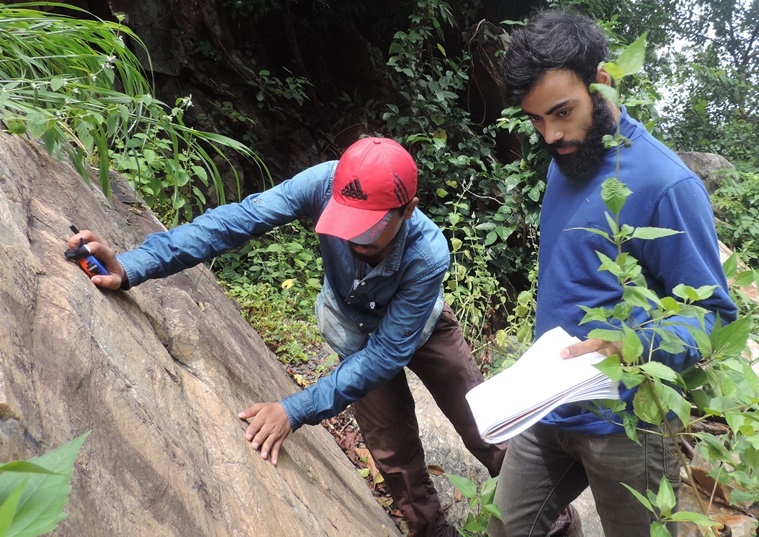- India
- International
Earth’s first landmass emerged in Singhbhum: study
Scientists have found sandstones in Singhbhum with geological signatures of ancient river channels, tidal plains and beaches over 3.2 billion years old, representing the earliest crust exposed to air.
 The Singhbhum region where the research was carried out. (Photo: Special Arrangement)
The Singhbhum region where the research was carried out. (Photo: Special Arrangement)A new study has challenged the widely accepted view that the continents rose from the oceans about 2.5 billion years ago. It suggests this happened 700 million years earlier — about 3.2 billion years ago — and that the earliest continental landmass to emerge may have been Jharkhand’s Singhbhum region. The study, by researchers from India, Australia and the US, has been published in the journal PNAS.
Sandstones of Singhbhum
Scientists have found sandstones in Singhbhum with geological signatures of ancient river channels, tidal plains and beaches over 3.2 billion years old, representing the earliest crust exposed to air.
The answer to “when the first landmasses were formed lay in the sedimentary rocks of the region”, lead author Dr Priyadarshi Chowdhury, of Monash University, told The Indian Express.
“We found a particular type of sedimentary rocks, called sandstones. We then tried to find their age and in which conditions they have formed. We found the age by analysing the uranium and lead contents of tiny minerals. These rocks are 3.1 billion years old, and were formed in ancient rivers, beaches, and shallow seas. All these water bodies could have only existed if there was continental land. Thus, we inferred that the Singhbhum region was above the ocean before 3.1 billion years ago,” Chowdhury said.
Patches of the earliest continental land, however, exist in Australia and South Africa, too, he said.

 Two of the researchers during their study in the Singhbhum region. (Photo: Special Arrangement)
Two of the researchers during their study in the Singhbhum region. (Photo: Special Arrangement)
The analysis
The researchers studied the granites that form the continental crust of Singhbhum region. “These granites are 3.5 to 3.1 billion years old and formed through extensive volcanism that happened about 35-45 km deep inside the Earth and continued on-and-off for hundreds of millions of years until all the magma solidified to form a thick continental crust in the area. Due to the thickness and less density, the continental crust emerged above surrounding oceanic crust owing to buoyancy,” Chowdhury said.
The researchers believe the earliest emergence of continents would have contributed to a proliferation of photosynthetic organisms, which would have increased oxygen levels in the atmosphere. “Once you create land, what you also create is shallow seas, like lagoons,” Chowdhury said.
Newsletter | Click to get the day’s best explainers in your inbox
EXPRESS OPINION
Apr 25: Latest News
- 01
- 02
- 03
- 04
- 05









































